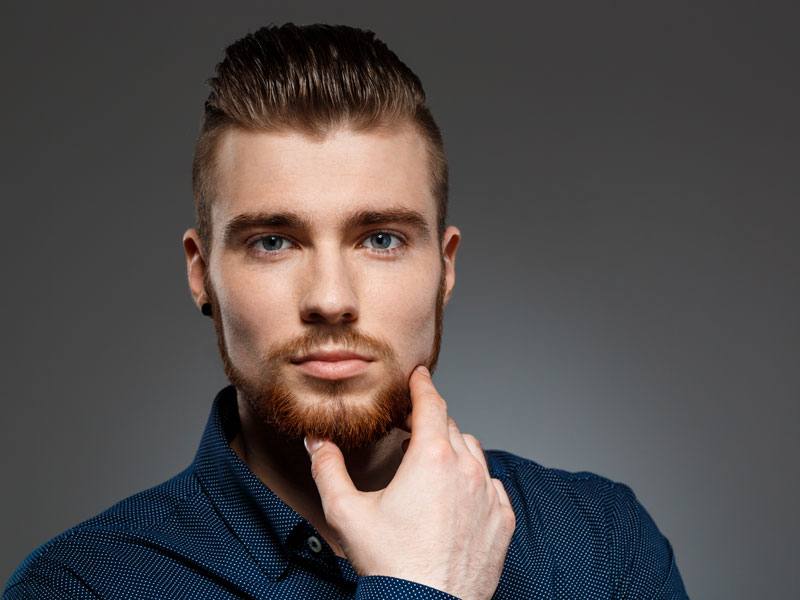A well-defined mustache has long been a symbol of masculinity and style. However, not every man is naturally blessed with a thick, evenly shaped mustache. Thanks to modern advancements in hair restoration, achieving the desired facial hair look is now very much possible. A Mustache Hair Transplant in Dubai is a popular choice among men seeking to enhance their appearance and confidence. But how exactly do surgeons plan a mustache transplant to ensure natural, flattering results? Let’s explore this fascinating process.
Understanding the Art Behind Mustache Design
Assessing the Patient’s Facial Features
Every face is unique, which means a one-size-fits-all approach simply doesn’t work for mustache transplants. Surgeons begin by carefully analyzing the patient’s facial structure, symmetry, and hair growth patterns. They take into account:
- The shape of the upper lip
- Natural hairline and beard lines
- Density of existing facial hair
- Skin tone and hair texture
This assessment helps them envision a mustache style that complements the individual’s features while looking completely natural.
Discussing the Desired Outcome
An important part of planning a Mustache Hair Transplant is understanding the patient’s expectations. Some men prefer a classic, thick mustache, while others may want a more subtle, refined style. During consultations, patients often bring reference photos to illustrate the look they’re aiming for. This open dialogue ensures that the final design aligns with their personal style.
Creating a Customized Mustache Blueprint
Designing the Outline
Once the surgeon has a clear idea of the patient’s goals, they sketch a precise outline on the upper lip area. This outline serves as a guide during transplantation, indicating exactly where the grafts will be placed. The goal is to mimic the natural direction and angle of hair growth, avoiding a “plugged-in” or artificial appearance.
Selecting the Donor Area
For mustache transplants, hair follicles are usually harvested from the back of the scalp, where hair is typically thicker and more resistant to shedding. The chosen donor hairs should match the natural mustache hair in texture and thickness to maintain a seamless look.
Planning Follicle Placement and Density
Mapping Out Density Levels
Natural mustaches do not have uniform density throughout. Surgeons carefully plan areas of higher and lower density to achieve a realistic gradient. Typically:
- The center of the mustache is made denser to create a bold focal point.
- The edges gradually taper off for a soft, natural blend with the surrounding skin.
Angling the Hair Follicles
One of the most critical aspects of designing a mustache transplant is setting the right angle and direction of each implanted follicle. The surgeon ensures that the hair emerges at a shallow angle, just like natural mustache hairs, to lie flat against the skin. Even minor miscalculations in angle can make the hair stick out awkwardly.
Ensuring a Natural Hairline
Avoiding Straight Lines
A common mistake in poorly performed transplants is creating overly straight lines. Natural mustaches have slight irregularities, with hairs of varying lengths and small gaps that add authenticity. Surgeons skillfully replicate these tiny imperfections to ensure the mustache looks completely natural.
Blending with Existing Hair
If the patient has some natural mustache hair, the surgeon plans the transplant to seamlessly integrate new follicles with the existing ones. This blending is crucial for avoiding a patchy or mismatched appearance.
Why Choose a Mustache Hair Transplant?
Dubai has emerged as a leading hub for advanced hair restoration treatments, including mustache transplants. Many men in the region choose to undergo this procedure to boost their confidence and achieve their desired facial aesthetic. Dynamic Clinic is known for its state-of-the-art technology and experienced specialists who excel in designing personalized transplant plans.
Final Thoughts
Planning a Mustache Hair Transplant is far more than a simple medical procedure—it is a delicate blend of science and artistry. From evaluating facial features and discussing personal style goals to meticulously designing the outline and carefully placing each follicle, every step is aimed at creating a natural, flattering mustache that enhances the individual’s appearance.





Comments